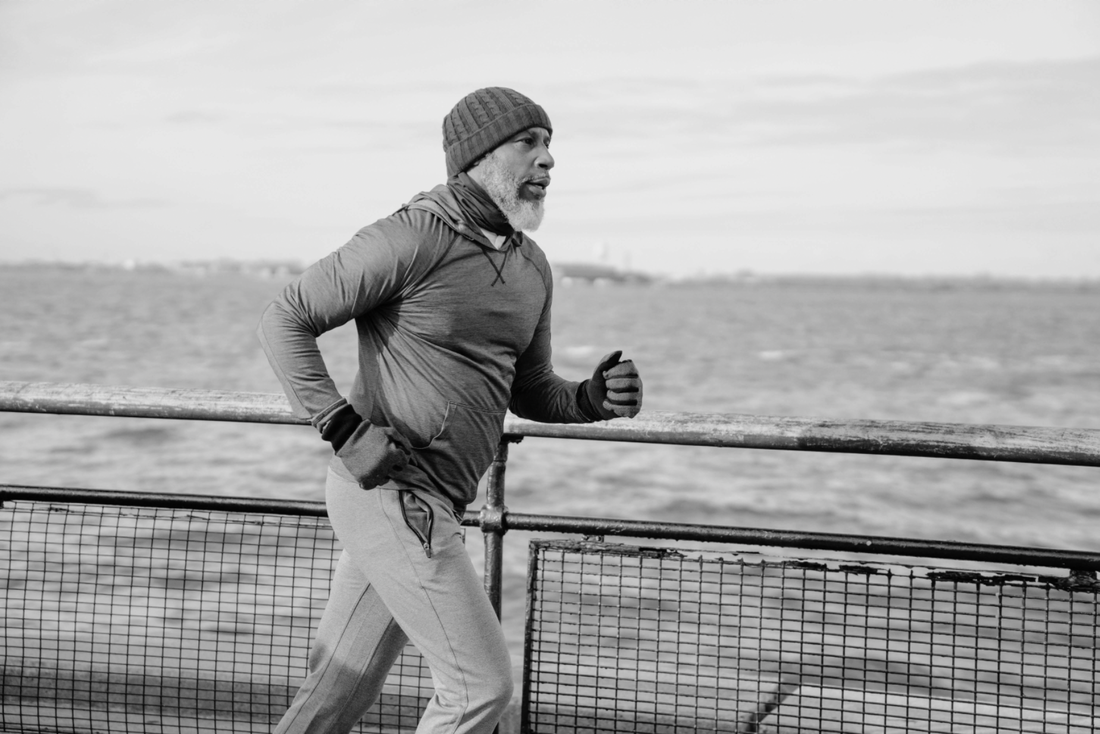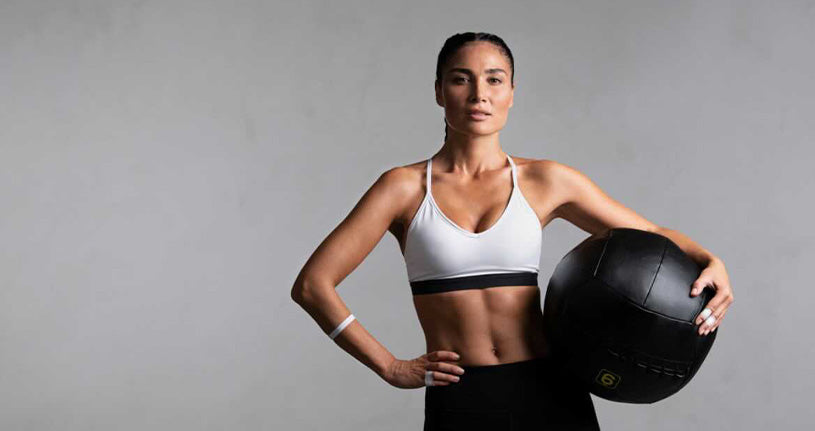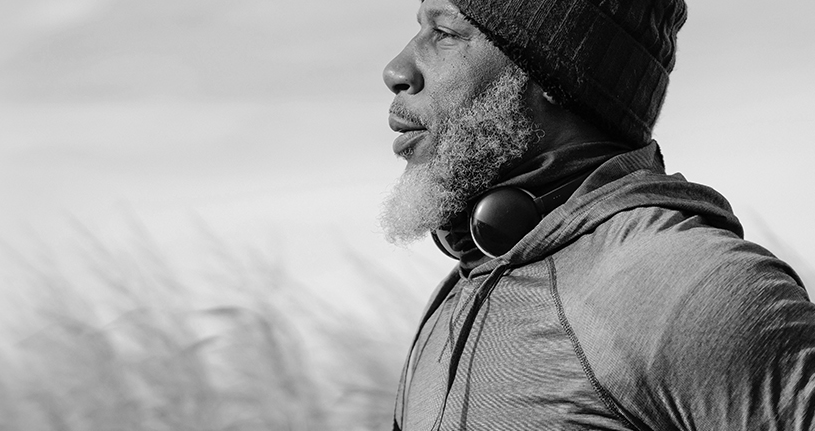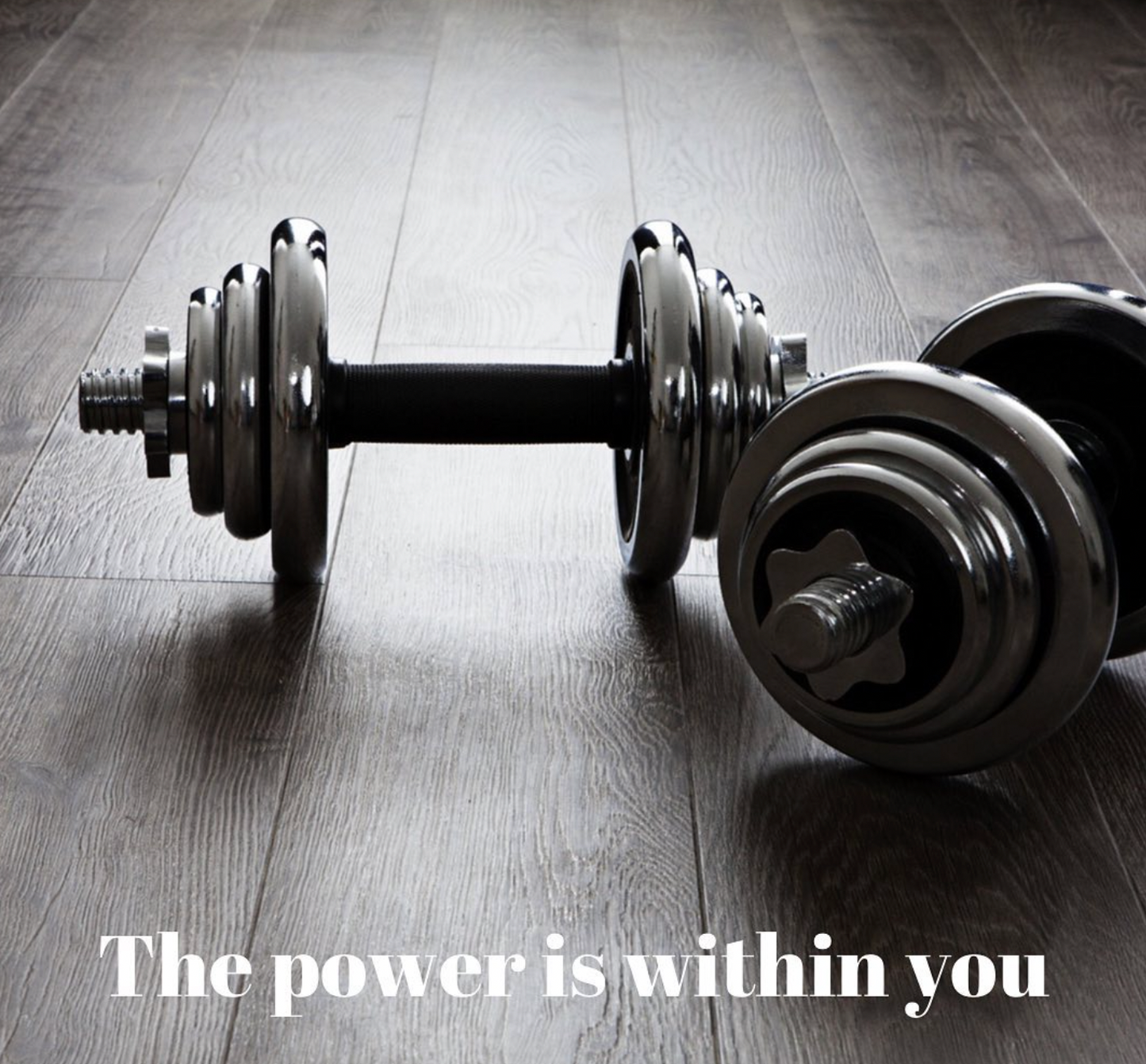One of my favourites for clients with shoulder & neck challenges, the rotator row is wonderful for stabilising the shoulder, and gently training it back “into position”. For this you will need a physio or resistant tube band or a light (1 up to 3kg) free weight.
To have a look at the exercise movement, it’s not dissimilar from the arm rotation of the Asian welcoming or money cat– see 0.25s . Holding your arm out to the side so that it’s parallel to the floor, bend it so that you have with a clean right angle at your elbow making sure your elbow stays at, or just below, shoulder height. Keeping your elbow (& upper arm) super steady, lift your forearm until just past vertical – remember to focus on your forearm raising, not your hand. At the end of the move, allow your elbow tip forward, feeling for a squeeze at around the base & just below of your shoulder blade. To return to start, again keep the elbow steady as you return your forearm back to parallel to the floor. Keeping at the end of the move and you come back to having your arms parallel to the floor.
Using a band (see 0:52s). Tube bands with the handles work super well. Bending your knees, with your weight on your heel, repeat the move as above, using your forearm to lift and keeping your elbow and upper arm steady. At the very end of the move, push the forearm past vertical by gently pushing your elbow forward. (see 01m11s).
That’s actually only half of the exercise, however for most, particularly if there is shoulder restriction it enough to start opening and releasing the area. Please note, if you are restricted on your move, only move into the exercise as far as you can keep the form – even if that means only lifting half way.
The full rotator row: Normally I’d recommend 1 or 2 kilo weights to begin with, and only when you’ve perfected it, should you increase the resistance.
The first part of this move looks like an upright row – see 1m31s – . which then continues into the movement described above.
Feet shoulder width apart, knees bent and weight towards the heel, shoulders relaxed and chest up; Arms are relaxed, with your hands holding the weight lightly, resting against the front of your thigh. Lift using your elbow (not your hands – they remain relaxed) until your elbow is at shoulder height, the revert to the movement mentioned above – see 1m57s – ie holding the elbow steady, upper-arm remains parallel to the floor, raise the weight by lifting your forearm until just past vertical. To return, as above, keep the upper arm and elbow steady (at or slightly below shoulder height) , return the forearm to parallel and then focus on your elbow using it to return the weight to your starting point.
Feel for the movement through your shoulders – the various shoulder muscles engaging in each part of the move – moving from the mid to the back of the shoulders through the lift, into the rhomboids underneath the shoulder blades towards the end.
In short, you will begin to feel that whole lovely shoulder rotation waking up!






